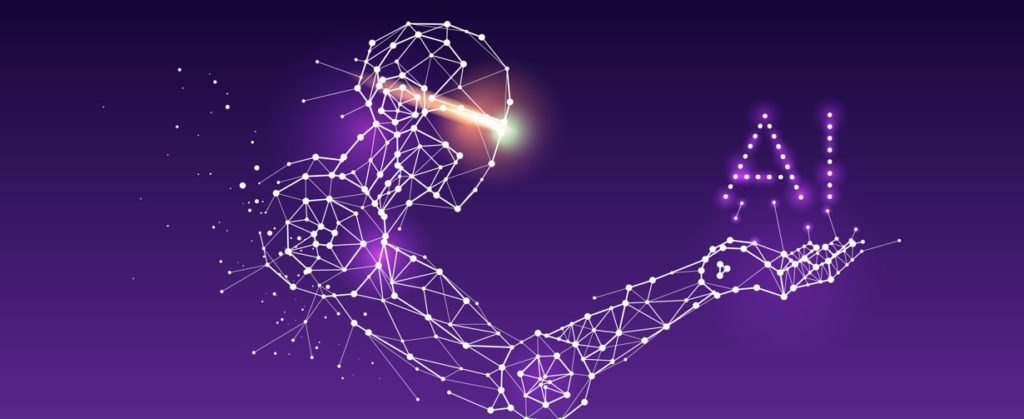Artificial intelligence (AI) has been making waves across a variety of industries in recent times. From virtual assistants like Siri and Alexa to self-driving cars and image recognition, AI has already begun to transform our daily lives in countless ways. But what exactly is AI, and why is it so important?
- Henry Salgado, STEM Education Technology Lead for the Science Mill
A New Class of Robots
How Artificial Intelligence is changing the landscape of robotics.
At its core, AI involves creating intelligent machines that can perform tasks that would typically require human intelligence. These tasks could be anything from natural language processing and decision-making to complex problem-solving and pattern recognition. With the help of AI, machines can learn and adapt on their own, making them more useful, versatile, and efficient.
One area where AI has the potential to make a huge impact is in the field of robotics. By using AI to create smarter and more adaptable machines, we can push the boundaries of what's possible in fields ranging from manufacturing to healthcare.
During my internship at the Savannah River National Lab, I had the chance to work on a project that exemplified the power of AI in robotics. I was tasked with building an energy-efficient insect robot that utilized machine learning to optimize its movement. This involved everything from selecting and sourcing electrical components to reading data sheets, soldering, and programming the robot to function seamlessly.
Blog Contributor: Henry Salgado
The real magic of the robot came from the fact that the input readings from its ultrasonic sensor were processed through an artificial neural network. This resulted in optimized energy consumption and movement that was more closely aligned with the behavior of insects in the natural world.
For those who are unfamiliar with neural networks, they are essentially a type of AI that mimics the structure and function of the human brain. Neural networks are made up of interconnected nodes or neurons that process and transmit information in a way that is similar to how our brains work.
By utilizing AI and neural networks in our robotics projects, we can create machines that are capable of learning from their environment and adjusting their behavior to better accomplish their tasks. This can lead to more efficient and effective robots that are able to adapt to changing conditions and make decisions in real-time.
Overall, my experience in robotics at Savannah River National Lab taught me a great deal about the power of AI and its potential to transform the world. By harnessing the latest technologies and techniques, we can create machines that are more intelligent, more efficient, and more adaptable than ever before. Whether it's in the field of robotics or any other industry, the possibilities for AI are truly endless.
March Career Spotlight:
Steve Xiao, Engineer at Savannah River National Laboratory
DIY Activity:
Google’s Teachable Machine





